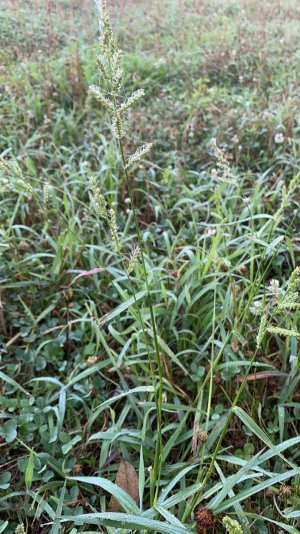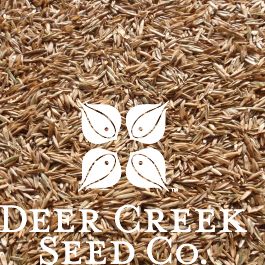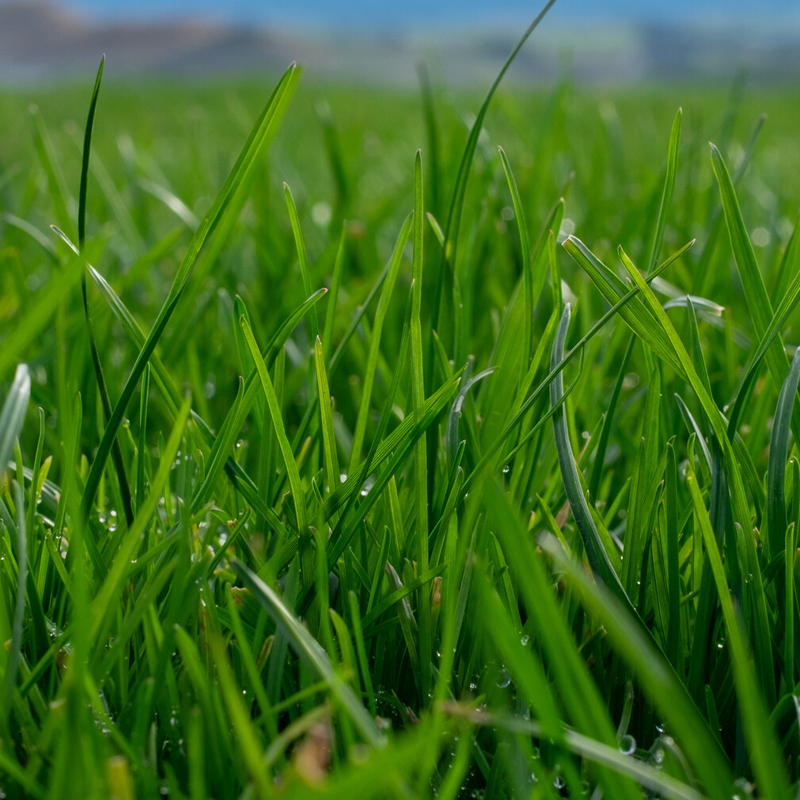Trying to think through my best options here-
I have a first year (last fall) clover planting that is struggling with both grasses and warm season broadleaf weeds. Up to now, I had been determined to use mechanical controls (IE me and a weedeater) and not use herbicide for cost and fear of damaging the first year planting. I have prevented everything from going to seed, but I'm still losing the fight.
The species composition is highly varied according to the "Seek" App on my phone and my limited knowledge- there is some yellow nutsedge, barnyard grass, carpet grass (tied with nutsedge for my least favorite), Johnson grass, probably some other grass species that i haven't let go to seed, and a number of broadleafs like, fireweed, marestail, thistle, boneset.
I have some IMOX on hand and could apply it this weekend. My question is- being this late in the year, am I going to gain anything by spraying now, or best to just trying to keep things from going to seed and deal with it via herbicide next spring?
Thanks in advance
I have a first year (last fall) clover planting that is struggling with both grasses and warm season broadleaf weeds. Up to now, I had been determined to use mechanical controls (IE me and a weedeater) and not use herbicide for cost and fear of damaging the first year planting. I have prevented everything from going to seed, but I'm still losing the fight.
The species composition is highly varied according to the "Seek" App on my phone and my limited knowledge- there is some yellow nutsedge, barnyard grass, carpet grass (tied with nutsedge for my least favorite), Johnson grass, probably some other grass species that i haven't let go to seed, and a number of broadleafs like, fireweed, marestail, thistle, boneset.
I have some IMOX on hand and could apply it this weekend. My question is- being this late in the year, am I going to gain anything by spraying now, or best to just trying to keep things from going to seed and deal with it via herbicide next spring?
Thanks in advance


